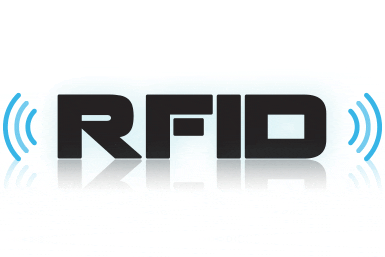
RFID, Stock & Inventory Accuracy It is able to increase the accuracy rate to 98 percent or higher. To date, RFID has never been more accurate and consistent. In addition, all the features provided by RFID are now available to more product types than ever before. According to RFIDJournal.com, stock accuracy at the stock holding unit (SKU) level is about 65 percent, while RFID has increased this value up to 98 percent or more. This applies to a wide range of retail products, including all luxury goods, jewellery and textiles. RFID technology is more advanced than ever in terms of application and feasibility.
96% of retailers plan to start labelling textile products with RFID. The leading research institute for RFID technology is the RFID Laboratory at Auburn University, and in 2016 they published a very encouraging set of statistics for the adoption of RFID. There are many things to conclude in this report, but the most important headline is that the adoption of RFID really works. According to Auburn University’s 2016 RFID Admission Status among US Apparel Retailers, 96% of retailers were planning to use labels in their clothing products. The need for RFID is undoubtedly increasing day by day. Major retailers such as Target, Kohls and Macy have begun to significantly increase their initiatives and turnover as RFID benefits begin to use. They have also begun to take advantage of the RFID system, including Lululemon, Levi’s and Adidas, including major retail brands.
Reducing The Labor
The cost of labour in a warehouse can be reduced by an RFID system that can perform various tasks at the same time, such as scanning, labelling and counting products. This decline can be quite significant; this results in a cost reduction of realized workers by 7.5 percent or more in warehouse applications and by 5 to 40 percent in regional distribution centers.